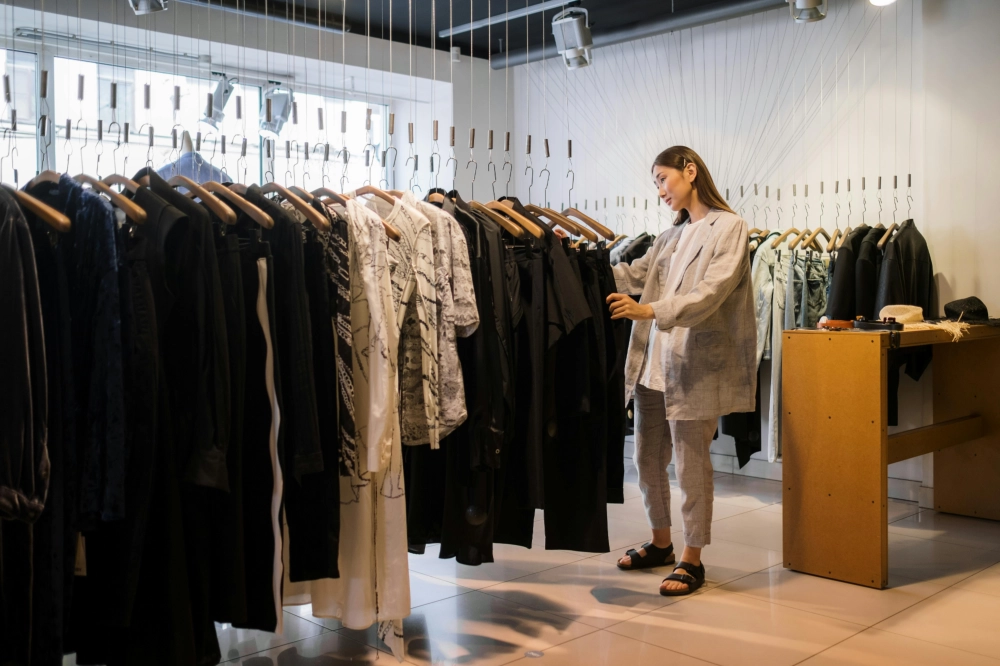Consumer sentiment appears less buoyant in advanced APAC economies than in Europe and the United States. In Australia, economic activity has virtually stalled, and Japan’s economy contracted in the second quarter, primarily because of the repercussions of the Noto earthquake in early 2024 and slowing economic growth. While South Korea’s economy expanded faster than anticipated, consumer confidence there has declined. However, there is a pronounced generational divide: Gen Xers and baby boomers are more pessimistic about the economy than millennials and Gen Zers. Consumer optimism in China increased in the second quarter, primarily fueled by younger generations, while confidence dipped in India ahead of the national election results. This decline was particularly pronounced among baby boomers.
While spending intentions for the coming quarter are positive in some APAC markets, they are predominantly negative in others. In India, consumers consistently express net positive spending intent for both essential and semi-essential items, including fresh produce, baby supplies, fitness, skin care, and international travel. Conversely, Chinese consumers intend to spend more in categories such as fresh produce, baby supplies, and fitness and wellness, but less on cruises, food delivery, and nonalcoholic beverages. In Japan and Australia, net spending intent is largely negative, except for a few essential categories such as groceries and gasoline. Consumers in these countries show the least inclination to spend on luxury and nonessential items such as jewelry, furniture, hotels, short-term rentals, dining out, and accessories. Overall spending intent remains negative across all categories in South Korea.
Despite economic uncertainty promoting increased saving, APAC consumers are increasingly willing to spend more in select categories. Between 60 and 80 percent of consumers in India and China are increasing their spending overall, while less than a third of consumers in Australia and South Korea are splurging on travel and restaurant experiences. Notably, Japanese consumers are increasing their spending on jewelry and accessories. And while overall economic optimism has declined since the start of the year, with more than three-quarters of consumers across critical APAC markets switching to alternatives that are more budget-friendly across numerous categories, fewer South Korean shoppers are opting to trade down compared with the previous quarter.


